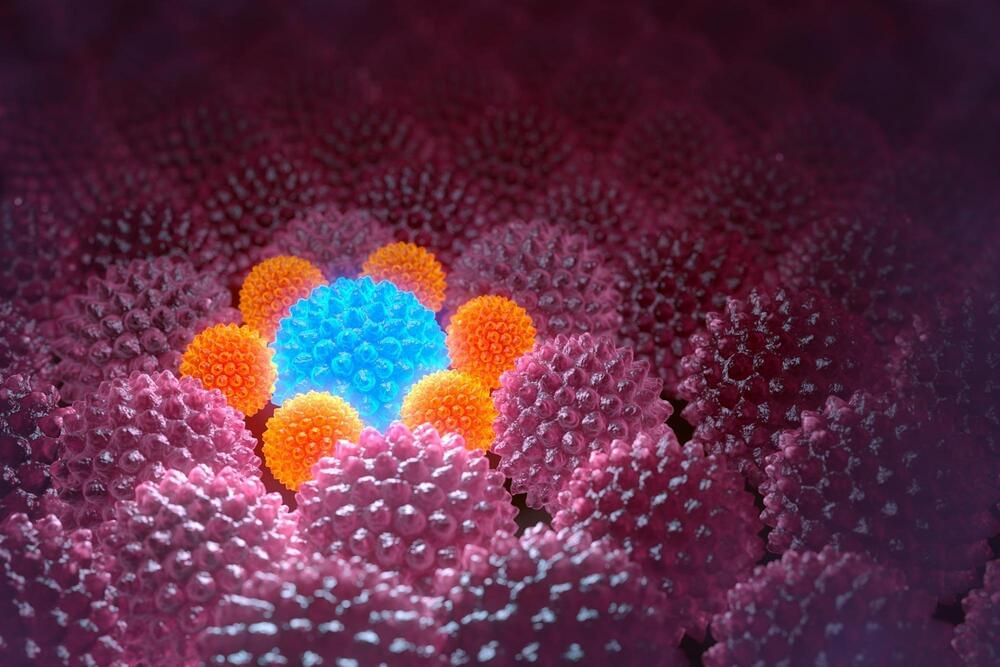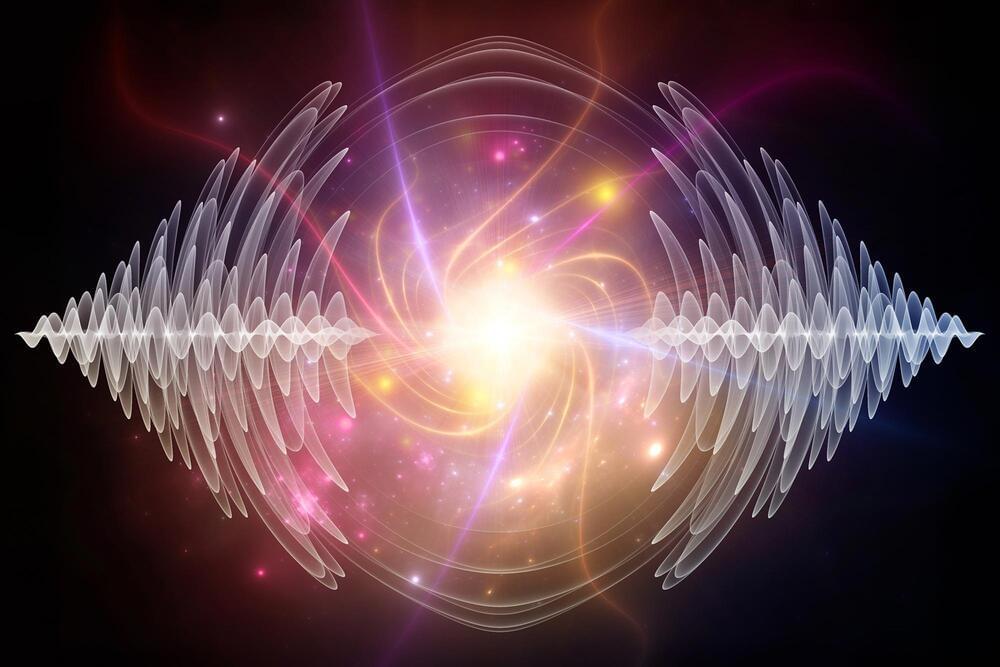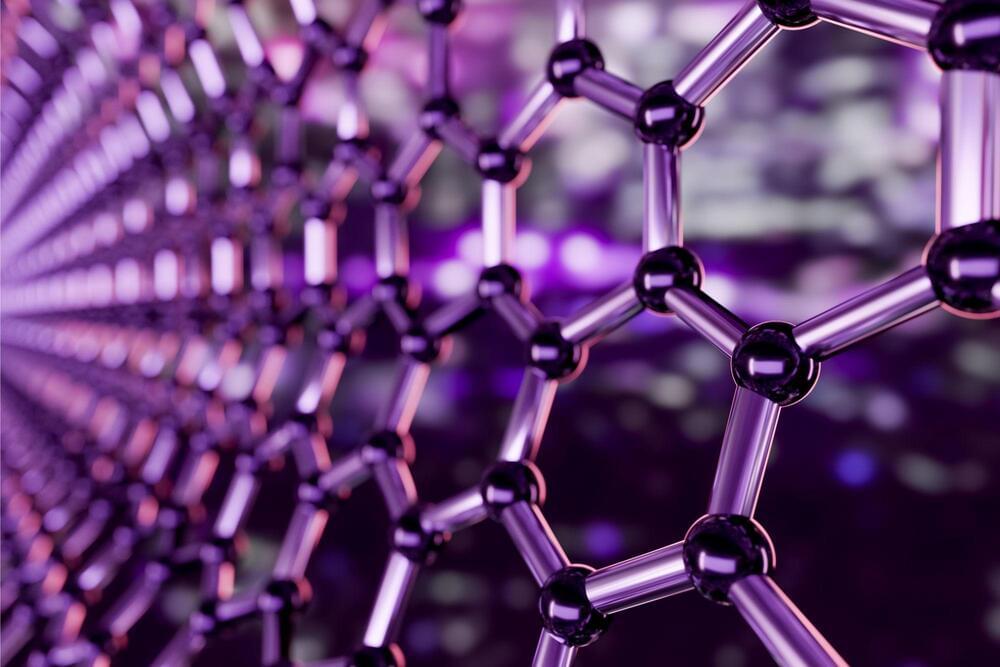The scientist, Marvin Minsky (1927−2016) was one of the pioneers of the field of Artificial Intelligence, having founded the MIT AI Lab in 1970.
Get the latest international news and world events from around the world.
Sci Fi BCI
Brain computer interface. People even so called experts are so narrow they have lobotimized their vision.
Share your videos with friends, family, and the world.

Regenerative Medicine Breakthrough: Cellular “Glue” To Regenerate Tissues, Heal Wounds, Regrow Nerves
Scientists at the University of California, San Francisco (UCSF) have engineered molecules that act like “cellular glue,” allowing them to direct in precise fashion how cells bond with each other. The discovery represents a major step toward building tissues and organs, a long-sought goal of regenerative medicine.
Adhesive molecules are found naturally throughout the body, holding its tens of trillions of cells together in highly organized patterns. They form structures, create neuronal circuits, and guide immune cells to their targets. Adhesion also facilitates communication between cells to keep the body functioning as a self-regulating whole.
In a new study, published in the December 12, 2022, issue of Nature, researchers engineered cells containing customized adhesion molecules that bound with specific partner cells in predictable ways to form complex multicellular ensembles.
The universe is a timechain — the quantum universal timeframe
Craig Wright’s time theory states that quantum entanglement doesn’t require any information traveling under observable physics and suggests that an infinite amount of data is contained in the universe.

Relativistic Plasma Mirror Driven at a Record-Shattering 1,000 Shots per Second
For the first time, scientists were successful at driving at a thousand shots per second a so-called plasma.
Plasma is one of the four fundamental states of matter, along with solid, liquid, and gas. It is an ionized gas consisting of positive ions and free electrons. It was first described by chemist Irving Langmuir in the 1920s.


“A Big Deal” — Physicists Solve 20-Year Mystery of Stable Chiral Nanostructures
Researchers have finally succeeded in building a long-sought nanoparticle structure, opening the door to new materials with special properties.
Alex Travesset does not have a sparkling research lab stocked with the most cutting-edge instruments for probing new nanomaterials and measuring their unique properties.
Instead of using traditional laboratory instruments, Alex Travesset, a professor of physics and astronomy at Iowa State University and an affiliate of the U.S. Department of Energy’s Ames National Laboratory, relies on computer models, equations, and figures to understand the behavior of new nanomaterials.


Company recalling blood pressure pills because of potential impurity presence
Lupin Pharmaceuticals issued a voluntary recall of some blood pressure medication due to the potential presence of a nitrosamine impurity, according to a notice published on the Food and Drug Administration’s (FDA) website.
The recall, issued last week, includes one batch of 20-milligram Quinapril Tablets USP — G102929 — and three batches of 40-milligram Quinapril Tablets USP – G100533, G100534 and G203071, the notice said.
Consumers, wholesalers, distributors and retailers can find the lot number on the side of the label affixed to bottles.
1st batch of SpaceX’s Gen2 Starlink satellites has just been delivered to LEO
SpaceX/YouTube.
“This launch marks the first of Starlink’s upgraded network. Under our new license, we [can now] deploy satellites to new orbits that will add even more capacity to the network,” SpaceX explained in its mission description.